December Update If you are not reading The Robot Report (and you should be; it’s one of the best things on the web about the robotic industry), you may have missed their article about the Fukushima Daiichi disaster. Much of what it says will not be news to the readers of this blog, but one paragraph caught my attention:
“In the case of Fukushima, both iRobot and QinetiQ, companies that volunteered equipment to Tepco, instructors found that senior Tepco employees were chosen to be trained to operate the American and British robots yet they were less suited to the task than the 20-year olds who had gamer experience. The remote-controlled PackBot and Talon robots and the RC Bobcat tractors, all used gaming consoles to operate their devices and the senior employees were slow to learn. In a recent Webinar on the issue by Robotic Trends, the trainers found that 20-year olds learned in less than a day while it took the older Tepco employees many days to gain the same level of competence.”
With the recent rapid growth of unmanned systems, there has been much speculation about the disruptive effects of their wide-spread adoption. A commonly-held view is that low-skilled workers will be displaced, while an educated elite (presumably people who make robots) will continue to thrive. Read more
 Wintergreen Research is publicizing a finding that the “…first responder and military ground robot marketplace will expand at close to 20% annually for the rest of the decade.” Furthermore, “Markets at $4.5 billion in 2013 reach $12.0 billion by 2019.”
Wintergreen Research is publicizing a finding that the “…first responder and military ground robot marketplace will expand at close to 20% annually for the rest of the decade.” Furthermore, “Markets at $4.5 billion in 2013 reach $12.0 billion by 2019.”


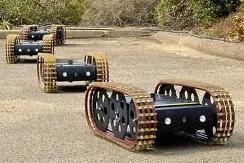
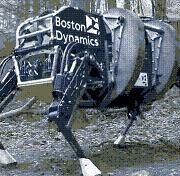




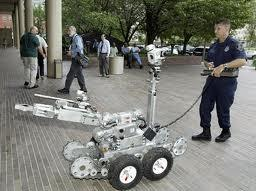
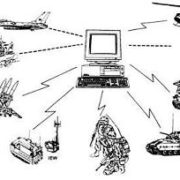
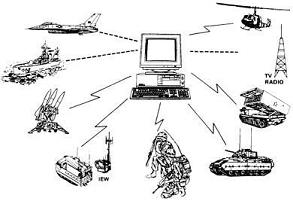
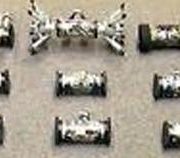
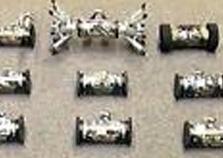


 Don’t miss Ron McMahan, AMREL’s Vice President of Engineering Solutions, speaking at the UGV interoperability session on Tuesday, November 1. From October 31 to November 3, AMREL will be at booth #6, discussing our latest interoperable robotic control solutions. Click
Don’t miss Ron McMahan, AMREL’s Vice President of Engineering Solutions, speaking at the UGV interoperability session on Tuesday, November 1. From October 31 to November 3, AMREL will be at booth #6, discussing our latest interoperable robotic control solutions. Click